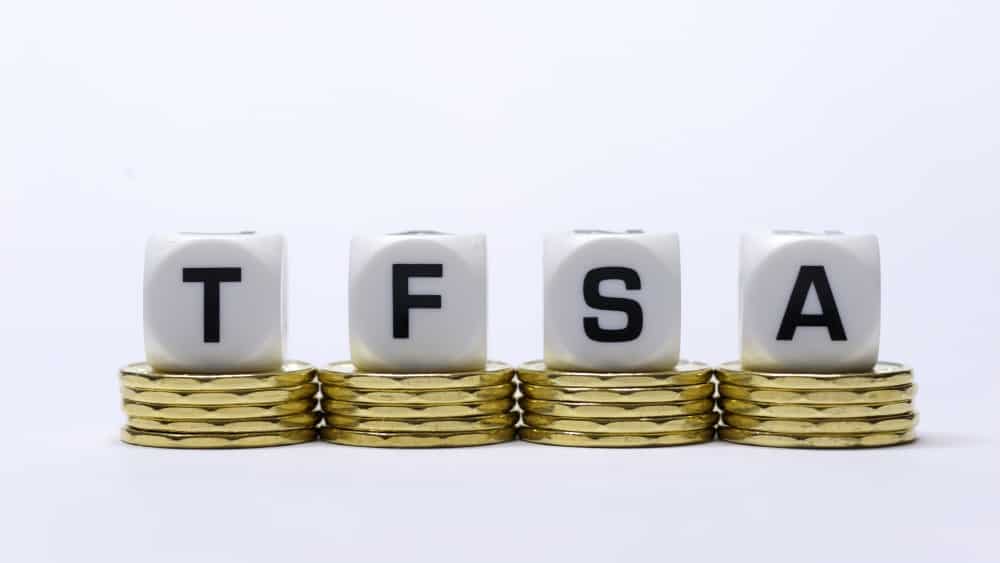Tax-Free Savings Accounts (TFSAs) are powerful tools. They let you accumulate dividends and capital gains with zero tax consequences. Such advantages can help your money grow more quickly than any other vehicle. But you still need to pick the right stocks. If you want to turn $2,000 into $10,000, just follow these steps.
Focus on these businesses
To grow your money five times in value, you can’t just pick any stock. You can’t even choose any industry. Only particular business models have the potential to grow this fast.
The biggest thing you can do is remove barriers to growth. To achieve this, stick with software stocks. These investments can put your TFSA on steroids.
Consider a company that sells software. To acquire another customer, it simply needs to send another download link. The process is rapid and virtually free. Growth can go truly exponential with few friction points.
Contrast that with a hardware business, like a company that sells phones. To acquire another customer, it needs to physically manufacture another device. Then it needs to transport that device to the end user. This process takes time and costs money.
If you want your TFSA to go from $2,000 to $10,000 as quickly as possible, focus on software stocks. Fortunately, one of the top-performing software stocks in history was founded right here in Canada.
This is the perfect TFSA stock
Stocks like Shopify (TSX:SHOP)(NYSE:SHOP) prove how lucrative software businesses can be. Shares are up 40 times in value since 2015, the year it went public. Sales are still growing at high double-digit rates.
The company’s software allows any seller to build an online presence in minutes, with critical processes like fulfillment, payment, and shipping built into the storefront by default. It’s truly a one-stop-shop for building a digital store.
Even after five years of rapid growth, 2020 was another record-breaking period. TFSA investors need to identify high-growth stocks like this.
“Gross merchandise volume surged by 93.6% year over year to $78.4 billion, while monthly recurring revenue, a measure of the average monthly subscription revenue flowing into the company, rose by nearly 50% year over year to $74.4 million,” reports Fool contributor Royston Yang.
“Shopify continues to expand its partner ecosystem as 37,400 partners referred a merchant to the company in the last 12 months ended Sept. 30, 2020, sharply higher than the 23,000 in the previous 12 months,” he concluded.
This massive growth is possible because Shopify is a software pure play. If the company wanted to quadruple in size tomorrow, it wouldn’t need to spend another penny. All that needs to happen is more customers signing up online, self-directing themselves through the set-up process.
Bottom line
Shopify is proof that going from $2,000 to $10,000 in your TFSA is possible. In fact, a $2,000 investment in the stock would now be worth nearly $80,000!
The bad news is that not every software stock will perform this well. By focusing on this industry, you can stack the odds in your favour, but there’s no doubt that you’ll need several shots on goal.
Right now, your biggest task is to build a list of attractive software stocks.










